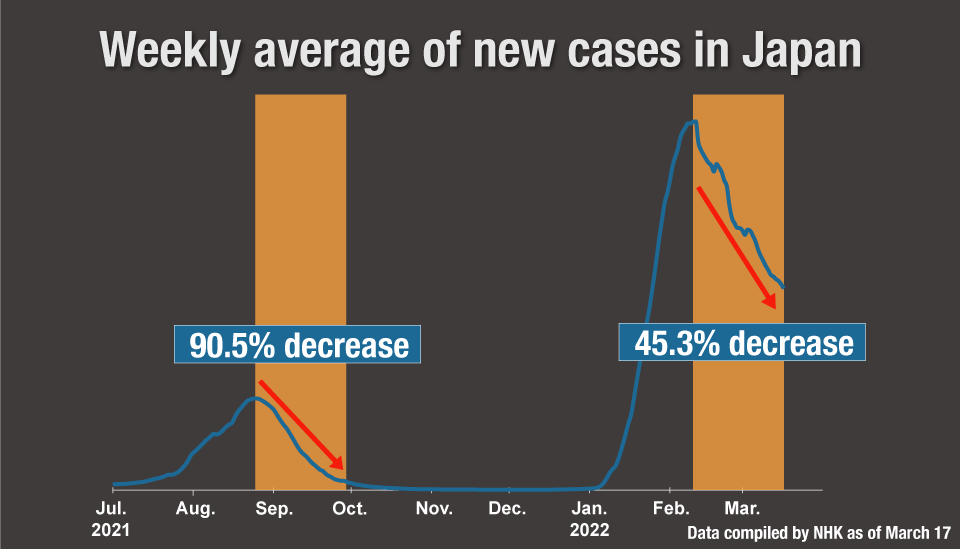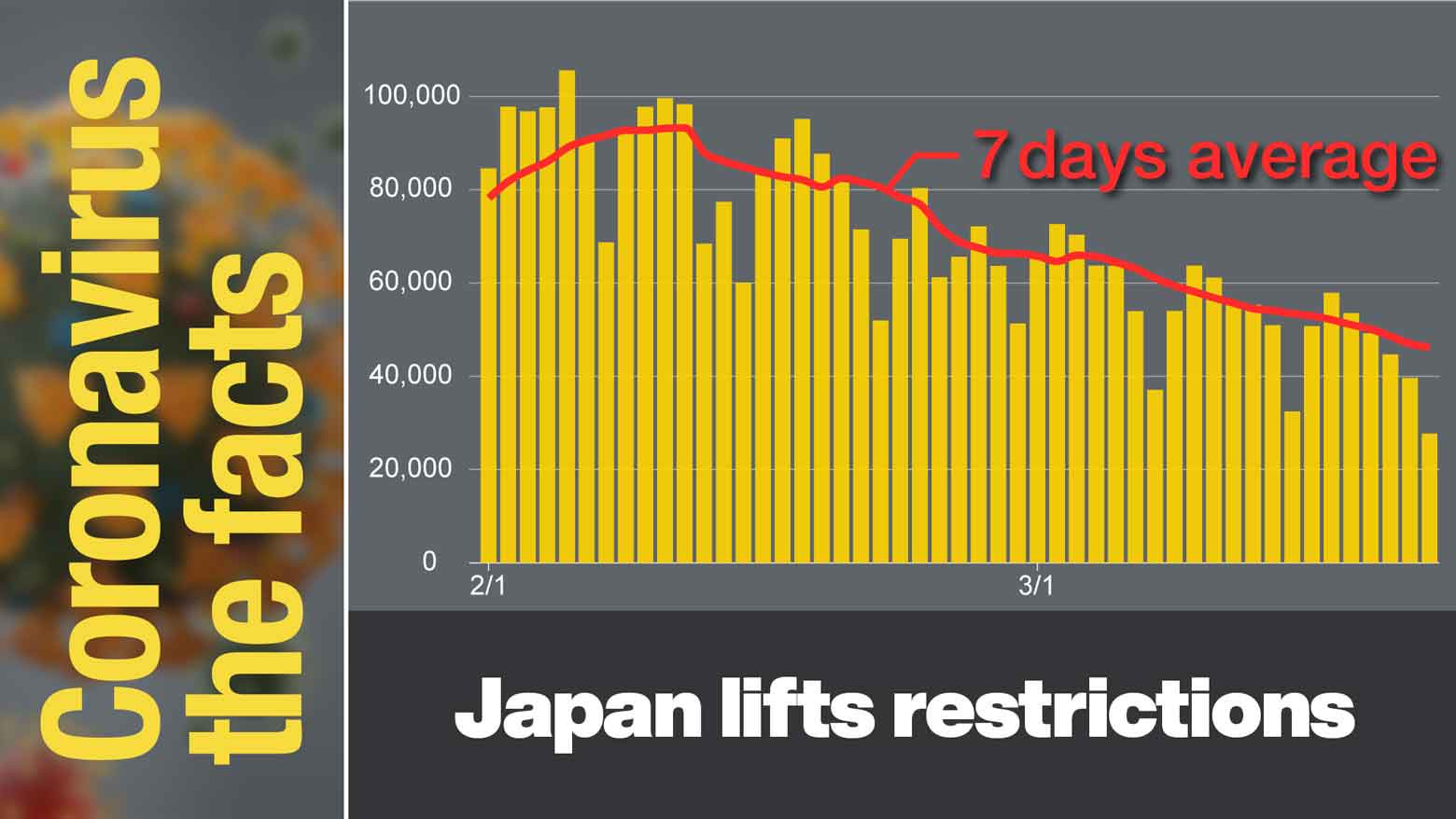This is our series on key coronavirus-related information. Click here to read other installments: #Coronavirus the facts. Find the latest information and answers from experts on everything COVID-19.
Careful resumption of social and economic activity
Japan lifted its so-called quasi-emergency measures this week for 18 prefectures, including Tokyo and Osaka. It is the first time since January that there are no restrictions in place anywhere in the country.
Authorities want social and economic activity to resume while at the same time ensuring people stick to anti-infection precautions – and prevent a resurgence. Work is underway to improve the COVID-19 testing system and secure more medication used to treat those infected.
Event organizers, restaurateurs and travel operators are being encouraged to require vaccination records or negative test results from customers.
Under a new rule, businesses are not required to determine close contacts of employees who test positive, or restrict them from coming to work. This will depend on the regional infection situation. However, medical institutions and homes will still be required to identify close contacts.
Slow decline in cases prompts concern
Some experts are concerned about a resurgence of the virus. Case numbers are declining at a much slower rate compared with the previous wave.
During the fifth wave, the weekly average of new cases in Japan dropped by more than 90 percent from the peak over a period of about one month. But in the current sixth wave, that comparative number stands at 45 percent, as of March 17.

Reasons for slow decline
Experts say there are two key reasons that case numbers are declining at a relatively slow pace:
- Delays in booster rollout caused new infections among older people
- High rate of transmission among children
*Related article: Experts explain Japan’s rapid decline in new cases
https://www3.nhk.or.jp/nhkworld/en/news/backstories/1795/ (Oct.21,2021)
Potential risks
The BA.2 Omicron subvariant that is gaining prevalence in Japan is believed to be more transmissible than the original Omicron variant. Japan’s end and start of the fiscal year in March and April tends to be a time when people meet in business and social settings. Springtime also brings cherry-blossom parties, graduation ceremonies and various annual events that all pose a potential risk.
"Still in the middle of sixth wave"
Tokyo Medical University Hospital Professor Hamada Atsuo says the overall infection situation has been improving as the number of new cases, seriously ill patients and deaths fall from their peak. The strains on the medical system have been somewhat eased, but current new cases are double the peak of the previous wave.
"We should not forget that the sixth wave has not ended, and we are still in the middle of the wave," he cautions.
Looking forward, Hamada says that easing restrictions and moving to revitalize societies and economies will continue as a global trend unless there is a spike in the number of seriously ill patients.
He points out that in Europe, infections increased after restrictions were lifted, in part due to the spread of the BA.2 subvariant. During what is normally a celebratory time of year in Japan, Hamada expects case numbers to flatten or even increase. He urges people to adhere to basic anti-infection practices and ensure they receive booster vaccines.
This information is accurate as of March 22, 2022.
